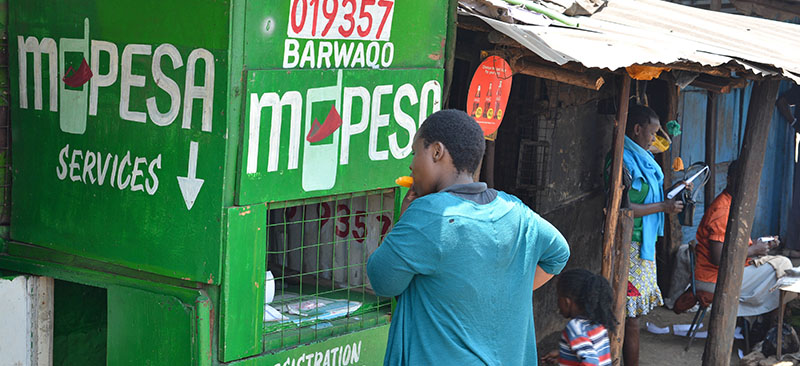In the first part of this blog, “Over the Counter (OTC) in Pakistan: Why It Works”, we examined the drivers behind the roaring success of OTC-based services in the country. This blog examines the challenges this success has bought, how the providers are responding and the prospects for the future of branchless banking in Pakistan.
4) What are the challenges for Providers?
- Hefty Agent Compensation: Currently providers are spending top marketing dollars on additional bonus/commission in an attempt to grab market share in the OTC business – especially in money transfer and utility bills payment.
- Push Strategy Vs Pull Strategy: Because of the agents’ ability to control which provider’s channel is used, branchless banking providers believe that targeting customers through agents is the best strategy. Most have largely stopped pulling customers through high budget ATL campaigns. This despite the Intermedia report’s finding that television was clearly the primary source of people’s awareness of the product, and that 83% of all respondents own a TV so this can be an effective outreach channel.
- Liquidity and Cash Management: Providing liquidity (e-float) to the agents remains a big challenge for every player, particularly when the agent’s location is far away from their master agent/ distributor and from a bank branch. In these cases, not only does the cost of liquidity management increase (and is borne by the branchless banking provider), but also the chances of theft of the cash (which is common particularly in Karachi and remote rural areas) increases.
- Agent Management/Engagement: With branchless banking providers (especially the new entrants to the market) offering a growing range of incentives/commissions to encourage agents to use their channel, agent churn is commonplace. This makes agent management and continuity of service a challenge – something that is leading to the rapid growth of shared agents. Some players are even using their sales force to engage with the key agents especially in the metro and urban areas. They visit on daily basis and spend as many as 2/3 hours with agents that serve large numbers of OTC customers. Sales staff educate the customers about the new services and also help agents with OTC transactions. This sales force goes by a variety of names “Distribution Officer” / “Business Development Executive”/ “MFS-BDO” etc. and typically work on an outsourced, contractual basis for the bank or telco. Hiring these sales staff allows providers (particularly those entering the market) to engage with, train and motivate their agents regularly, ensure that agents are well versed in any new procedures, convert customers’ preference from competitors, and help agents sending and/or receiving money transfers.
- Shared Agents Instead of Exclusive Agents: The majority of the players are no longer establishing exclusive agent’s network but are, instead, now aggressively targeting other players’ agents. As highlighted in the 2014 ANA Survey of Pakistan, roughly a third of the 204,073 agents represent actual access points and the rest are shared arrangements in which up to 7 branchless banking service providers are sharing an agent. Though this can be taken as a positive development since it offers some form of basic interoperability at the agent level, some commentators worry that it is hindering growth of physical agent access points and hence limiting financial inclusion.
5) How are providers responding to these challenges?
In the current environment all branchless banking players have failed to respond effectively to these challenges. While the substantial expansion of account opening, an enlarged agent base and the introduction of the biometric verification system (BVS) is laying the foundation for a critical mass of mobile wallets, the industry is unable to convert these acquired wallets into active users.
Different market players are tackling cash management issues through different methods. Agents with high liquidity are being selected and used to provide liquidity support to smaller agents in the same locality and effectively being used as master/liquidity support agents. For MNOs this function is performed by their respective franchises, which are even extended credit on weekends to support agents tagged within their defined boundaries.
6) What is the future for OTC and branchless banking in Pakistan?
Future of OTC in Pakistan looks bright, especially in the money transfer business, which is still growing.
| Money Transfer Tranx and Volume | Million Tranx | Per Quarter (Million $) | Per Month (Million $) |
| 2nd Qtr 2014 | 26 | 1,068 | 356 |
| 3rd Qtr 2014 | 27 | 1,161 | 387 |
| 4th Qtr 2014 | 28 | 1,222 | 407 |
Pakistan has a large and growing population base where the overwhelming majority (86%) of the adult population is unbanked. However, the growth of brick and mortar banking is limited by the high cost of conventional banking as well as lack of awareness, the complexity of documentation required and a host of other factors. Another important element is the role and size of Pakistan’s informal economy which employs a significant portion of the labour force. This segment is largely excluded from conventional banking channels because it cannot meet the extensive documentation required to open an account. Branchless banking can provide the platform that enables this segment of the society to make the first step towards becoming financially included, as it can offer convenience, easy access and reliability to this population. Taking those served by the current OTC offering to the next level to provide them access to savings, insurance and merchant payments will require very significant and concerted effort by branchless banking providers and the government. Some efforts are underway, but we should not underestimate the scale of the challenge.
Mr. Ashraf Mahmood Wathra, Governor of the State Bank of Pakistan, recently announced at the 8th International Mobile Commerce conference in Karachi Pakistan, “The National Financial Inclusion Strategy, recently developed by the State Bank of Pakistan in collaboration with the World Bank envisions that the uptake of m-wallet accounts will cross 50 million over the next five years”
In 2015, additional initiatives have been taken to increase the transactions/penetration on m-wallets, including:
- National Database Registration Authority (NADRA) pledged to reduce verification charges for cellular phone companies to open up m-wallet accounts for the customers from $0.35 to $0.10 (78%).
- Easypaisa introduced free money transfers from m-wallet to m-wallet in order to incentivise customers to convert agent-assisted OTC transactions into m-wallet transactions.
- Another operator has recently launched free m-wallet opening facility to its biometric verified SIMs customers by dialing a simple command. Most of the information required to open an m-wallet were collected at the time of SIM verification (thumb impression, CNIC verification etc.), and so the remaining information to fulfil the KYC/compliance is collected through a verification call from their respective contact centre.
While the initial indications of the results of these initiatives look positive, they are on a modest base. M-wallet to m-wallet transfers increased from 43,848 transactions (of Rs. 46 million [<$0.5 million]) in July-September 2014 to 185,023 transactions (of Rs. 447 million [$4.4 million]) during the October-December 2014 quarter. This represents an important four-fold increase in the number and nine-fold increase in the value of these transactions in one quarter – so an exciting step forward (see a detailed discussion of this in “Over the Counter (OTC) in Pakistan: Why It Works”
Nonetheless, agent-assisted OTC transactions are likely to remain dominant in the Pakistani market until all stakeholders support the unbanked population to open and use accounts by defining real use-cases and products to support them. Stakeholders will then need to increase marketing and communication to drive awareness of m-wallets, and their value of proposition. This must be backed by the provision of easy and convenient user interfaces to facilitate the conduct of m-wallet transactions, and the development of an eco-system across the country. Otherwise mobile wallet transactions will continue to work in different silos and will not achieve the SBP/World Bank’s goal and begin to convert Rs.2.73 trillion [$0.27 trillion] of physical cash into digital money.
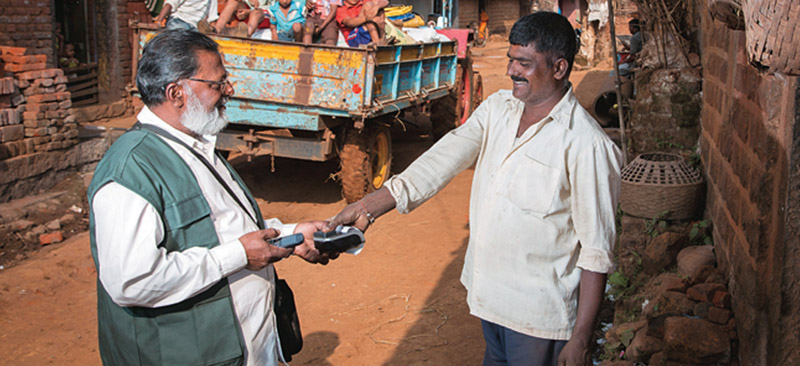
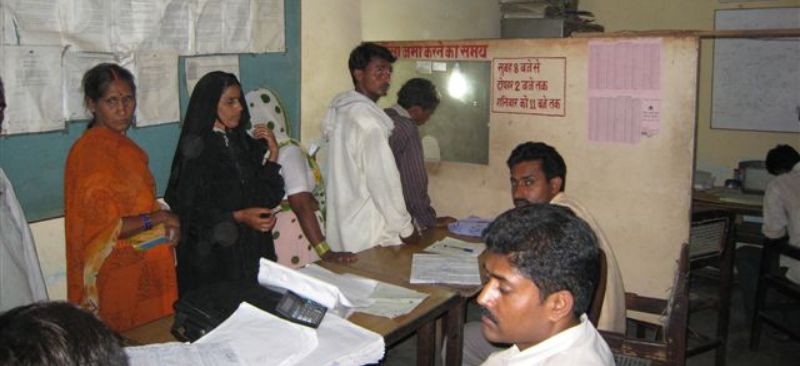
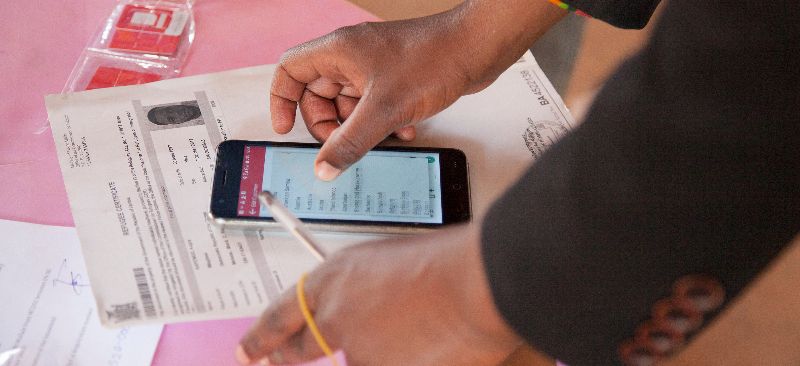


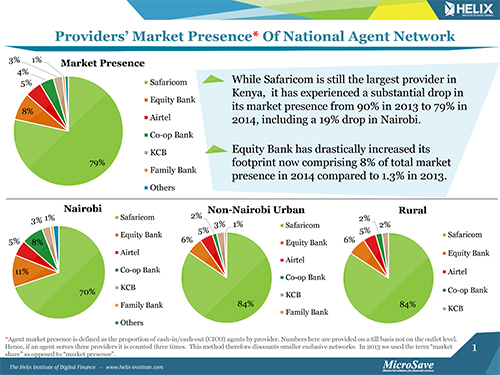
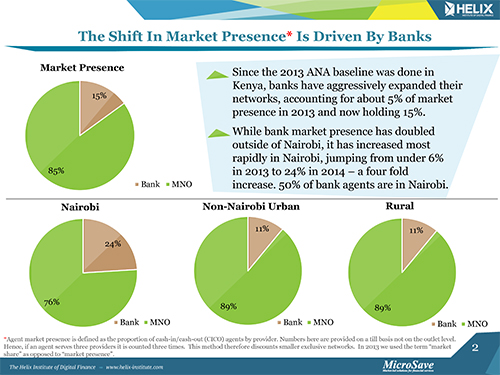
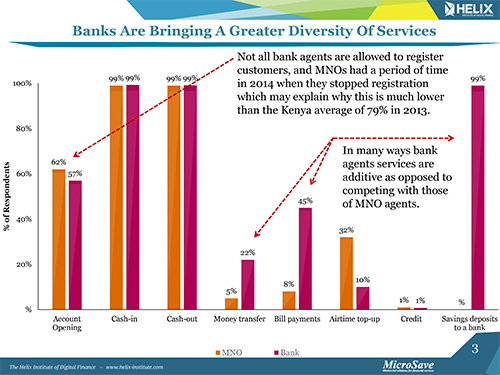
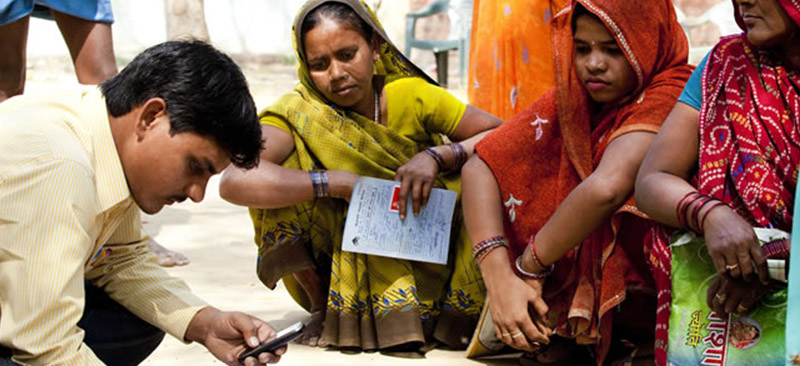
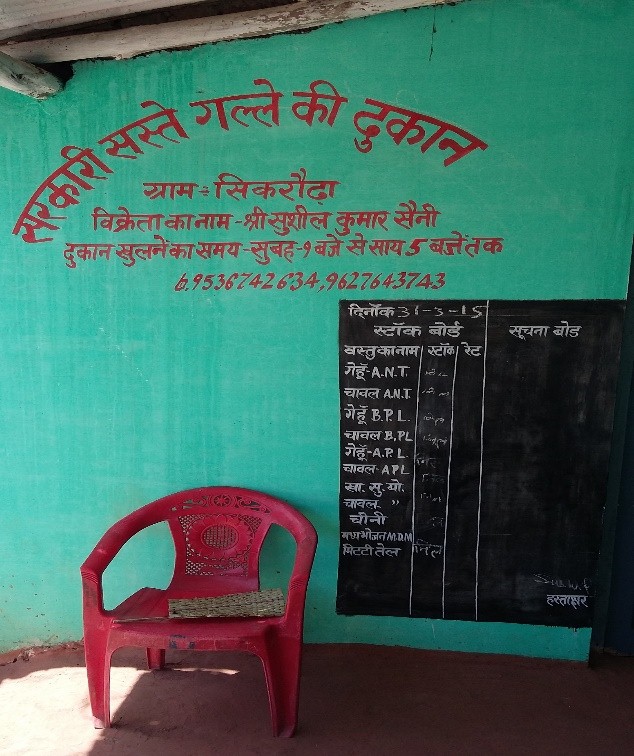 It is easy to conclude that as dependence on PDS goes down, inclination towards receiving the DBT rises. However, in order to make sure that all the categories of beneficiaries are ready to shift, it is imperative to move their reference points with regards to PDS. In case of AAY beneficiaries, the new reference point will be “choice” and “assurance”. It will be choice of shop from which to buy, and the assurance of being able to buy an equivalent quantity (unaffected by “leakage” or price fluctuations) and better quality of commodities. For BPL beneficiaries, the new reference point will be the ability to choose to buy the equivalent quantity/quality of commodities at a convenient time – without the fear of forfeiting rations because they are unable to visit the FPS in the brief window it is open. APL beneficiaries will be focused on the convenience of choosing the time and place to buy their kerosene without the hassle of standing in queues.
It is easy to conclude that as dependence on PDS goes down, inclination towards receiving the DBT rises. However, in order to make sure that all the categories of beneficiaries are ready to shift, it is imperative to move their reference points with regards to PDS. In case of AAY beneficiaries, the new reference point will be “choice” and “assurance”. It will be choice of shop from which to buy, and the assurance of being able to buy an equivalent quantity (unaffected by “leakage” or price fluctuations) and better quality of commodities. For BPL beneficiaries, the new reference point will be the ability to choose to buy the equivalent quantity/quality of commodities at a convenient time – without the fear of forfeiting rations because they are unable to visit the FPS in the brief window it is open. APL beneficiaries will be focused on the convenience of choosing the time and place to buy their kerosene without the hassle of standing in queues.